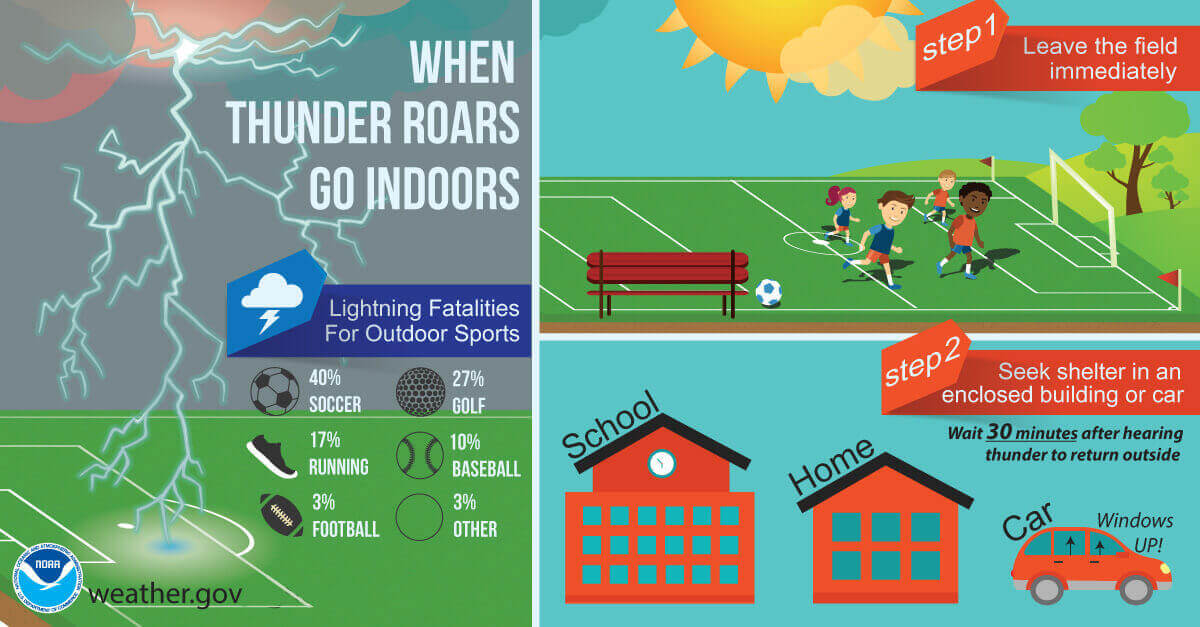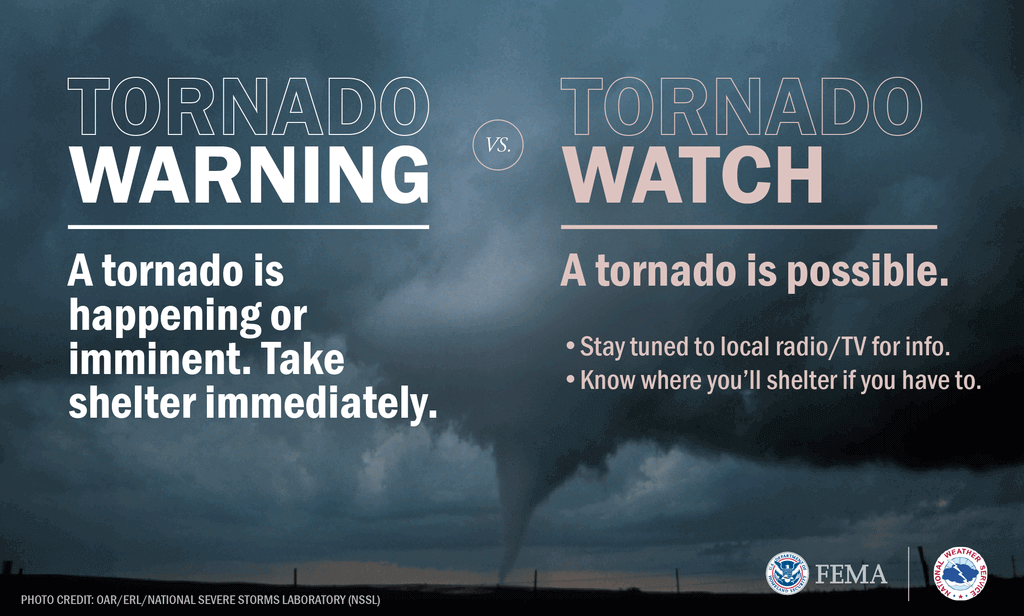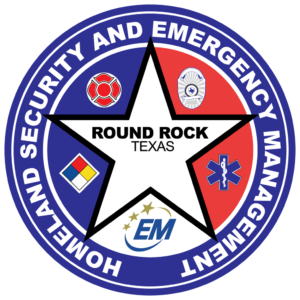
Severe weather season is here, are you prepared?
Severe weather is common in Central Texas from March through November. This includes the typical, peak severe thunderstorm and tornado months from March to June, and it includes the Atlantic hurricane season which goes from June 1 to November 30. Remember, though, that severe weather can happen at any time of the year.
The National Weather Service (NWS) issues watches and warnings for possible severe weather as appropriate, but do you know the difference?
Severe Thunderstorm Watch:
Be Prepared! Severe thunderstorms are possible in and near the watch area. Stay informed and be ready to act if a severe thunderstorm warning is issued. Watches are issued by the Storm Prediction Center for areas where severe weather may occur.
Severe Thunderstorm Warning:
Take Action! A severe thunderstorm has been indicated by radar or reported by a spotter producing hail one inch or larger in diameter and/or winds exceeding 58 mph. Warnings indicate imminent danger to life and property. Take shelter in a substantial building. Severe thunderstorms can produce tornadoes with little or no advance warning.

Watch vs. Warning.
Do you know the difference?
Tornado Watch:
Be prepared! Stay aware. A tornado is possible within the watch area.
Tornado Warning:
Take Action! A tornado has been sighted or indicated by radar. There is a danger to life and property. Get to a safe place away from windows, on the lowest floor, in an interior room. Do not stay under an overpass in your vehicle! Being in a vehicle or mobile home is not safe during tornadoes.
More Information:
Families should also have an escape plan with a meeting place, outside of the home, in case of fire.
Remember to practice your plan!



